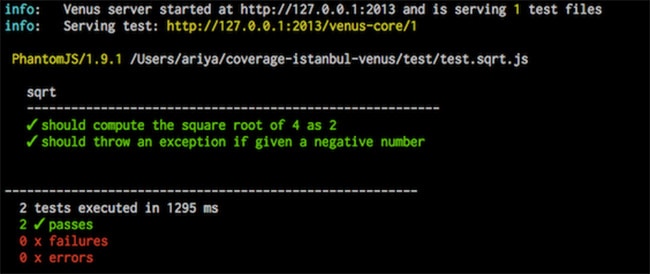This week, a blog post (about blogging) was assigned for us to read, this due to some comments about the blog posting in both the Quality course and the Smart Citizens course. This post showed Ana Rodrigues telling her experience on blogging, and I had a clear idea on how important blogging is to her. I can clearly see two strong points, that I will describe in the next lines.
When blogging, one can learn a lot on several things. The intention of having a blog is to spread some knowledge with others, and this tends to be a nice objective even if the blog is just a personal experiences blog, each of them bring knowledge to the people who reads it. Also, this means that the person who writes it learns as well, in any way. One can learn while investigating something to blog about, or just to think abour themselves and write about it. It is, in any way, a place for knowledge, a really nice community for people to learn in an easy way.

I can relate myself to that, also. I have learned a lot of things when blogging, and also clarified many of them. Since I blog for some school courses, I use that as a kind of “study time” for reading and understanding some things. I some times still don’t understand the topics completely, but I do not feel that I didn’t do anything to try. It is also something of a personal satisfaction in this way.
The other point Ana has is that, when she stopped blogging, she began to be depressed. She was very busy in her work and her learning, but I could notice that her own learning without spreading it was senseless. She clearly needed a space for herself, and for spreading her personal and professional things. A blog is, also, a place for expression. She says that many people is scared of doing this, for fear of being judged, but, as it is afree space for anyone, one should not worry about that.
I’ve never been against blogging, I think it is a good personal space, a learning opportunity and a way to help others know things, to reinforce the things that you may want to reread, and also to spread, which is a very important aspect in today’s life, that information must be free and available for everybody, and blogging makes that possible, as it is people working for other people, without any interest, just for learning (well, many of them).
References
Oh Hello Ana. (2018, December 14). Retrieved from https://www.ohhelloana.blog/blogging-and-me















